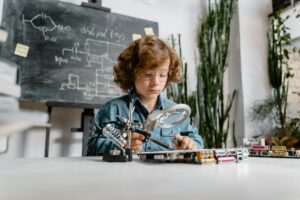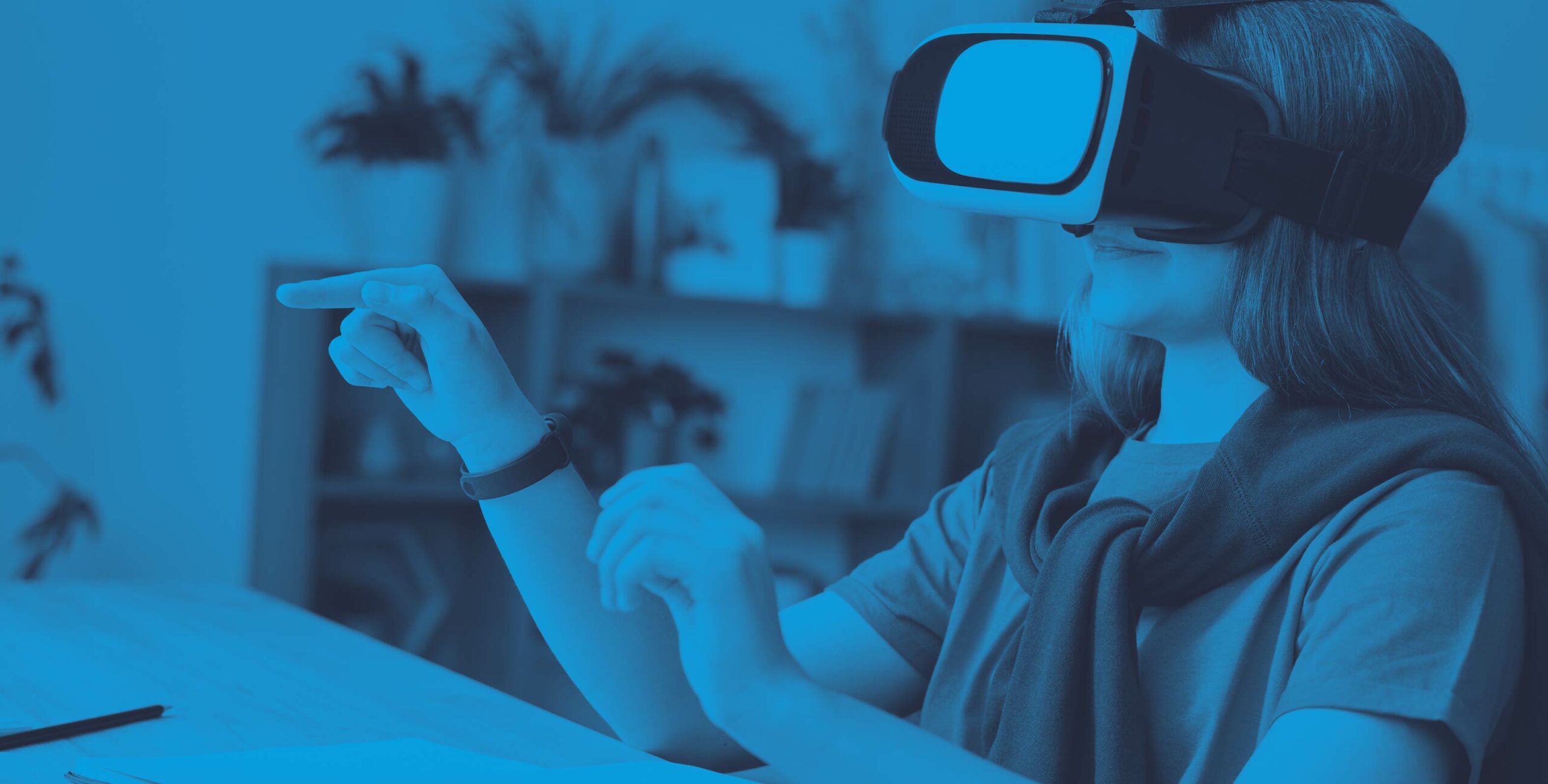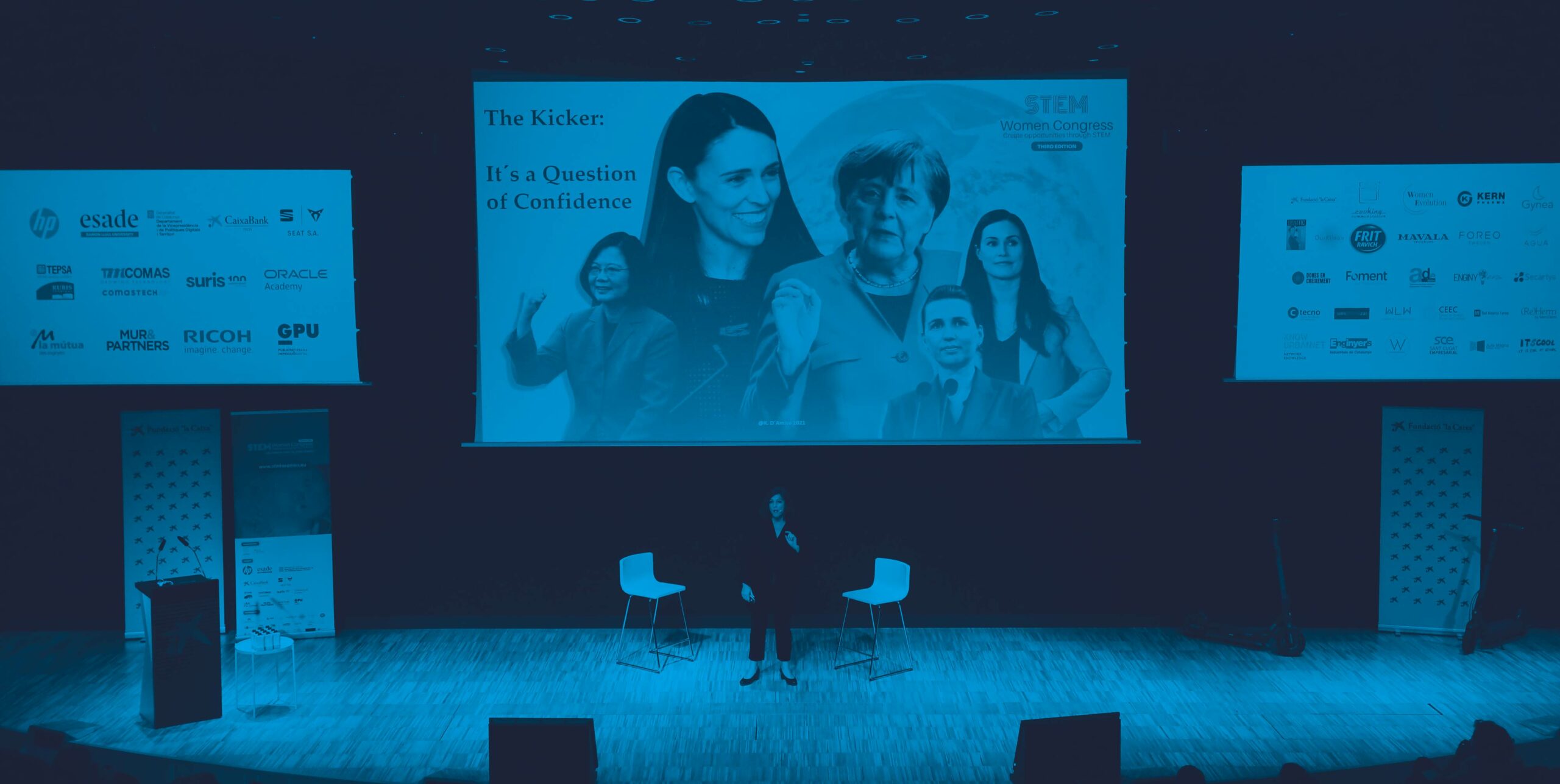What is Arduino, and how does it relate to design?
Arduino is a free software, hardware, and documentation platform. It arose to bring digital technology to industrial, interactive and art design students. Everything is designed to meet the different types of needs of its users.
What does Arduino add to the world of education and specifically to the subject of technology?
The main objectives were to learn how to program, the basic history of digital components, and organize a small project. The course included both a traditional theoretical-practical part and innovation and creation-oriented one.
This whole plan has given rise to many exciting initiatives. For example, a professor at La Sapienza University in Rome has just published a book with Springer entitled Science Experiments with Arduino and Mobile Phones.
We think it can become the pen and paper of the future for doing science and technology experiments. The question is how to combine them. I believe one needs to empower teachers to understand how the tools work. If one gets this tool to be just the pen and paper, the day a tool wears out or stops working or something better comes along, one will be able to change. That is the challenge, and I think Arduino has achieved it.

We think it can become the pen and paper of the future for doing science and technology experiments.
How could Arduino help to find practical solutions to new situations?
We know quite well that when an educational region needs to arrange many centres, in the long run, it is better to provide them with lab kits than with personal ones. On the other hand, Arduino is a European company. We have offices in three countries: Sweden, where I am; Switzerland, where we have the intellectual property office; and Italy, where we have the factories. In addition, we have people working in many countries like Germany, Denmark, Spain or the United States.
For example, production completely stopped in Italy when the confinement started, but not the Arduino production since many used Arduinos to make alternative medical equipment.
There is a lot of talk about introducing programming and robotics as curricular content: some countries have done so. What do you think?
Access to technological studies is essential not only for women but also for any discriminated group in general. For example, I have taught a design class to a student who constantly needed an assistant and forced us to rethink pedagogy. Together with my colleague Tom, another of the creators of Arduino, we revised how our development system worked to work with blind students.
To build a more or less competitive country, I think the issue is not so much to make a country so, but to help people grow and the fact that in the near future, they can thrive as people and have a good life in tune with the environment. When we generate technology for people to learn, we are also sweetening the interface; we make it more attractive, so people are attracted and find it easier to participate in this process, learn, and use it. In order to achieve this, we first need to educate in values.
We ourselves live in a society in which we are trying to make the minimum effort, we create technologies to do so and, however, this is where the fish that bites the tail comes: programming technology sometimes cannot be done with such minimum effort: sometimes it requires a mighty step of abstraction.
I think improving teaching would also change things. Teaching is our primary job, but we also need to explore how to teach in our own field to find the most efficient way to transmit knowledge and make it more functional. Besides, nothing is static: everything is constantly changing as people, society and tools change. This is one part of the debate. The other part is about how you know whether everybody learns or not.
You might also like








